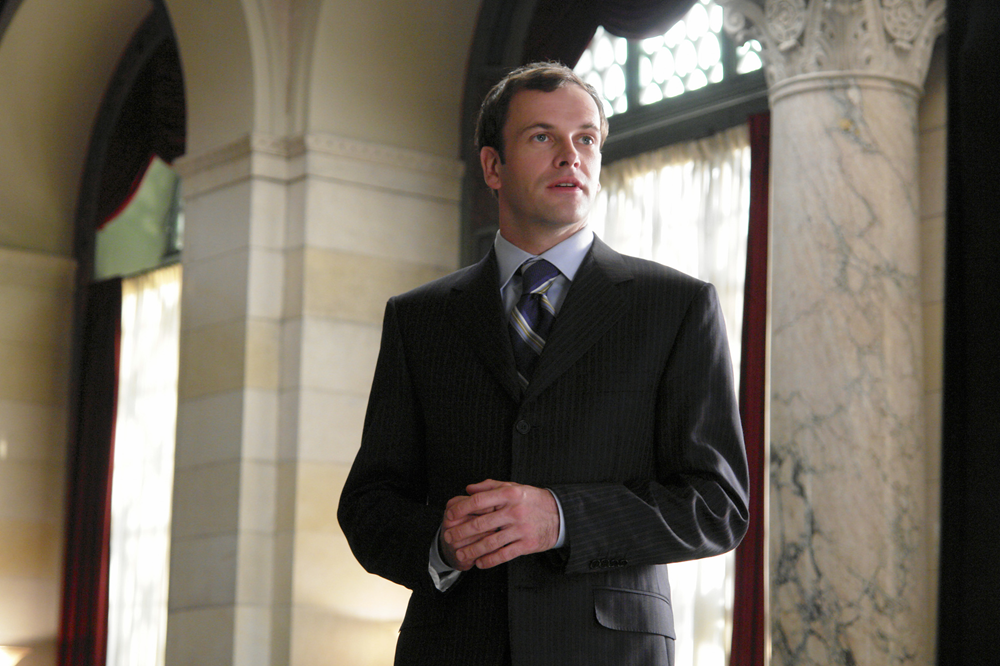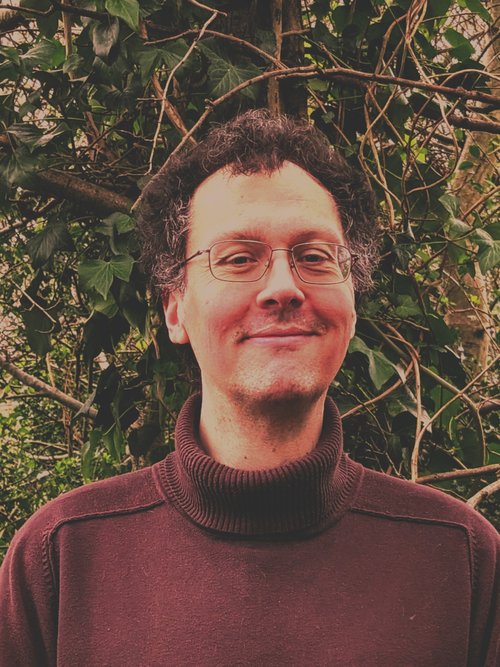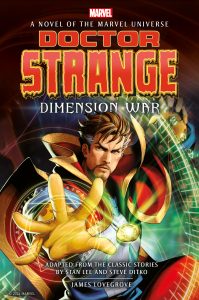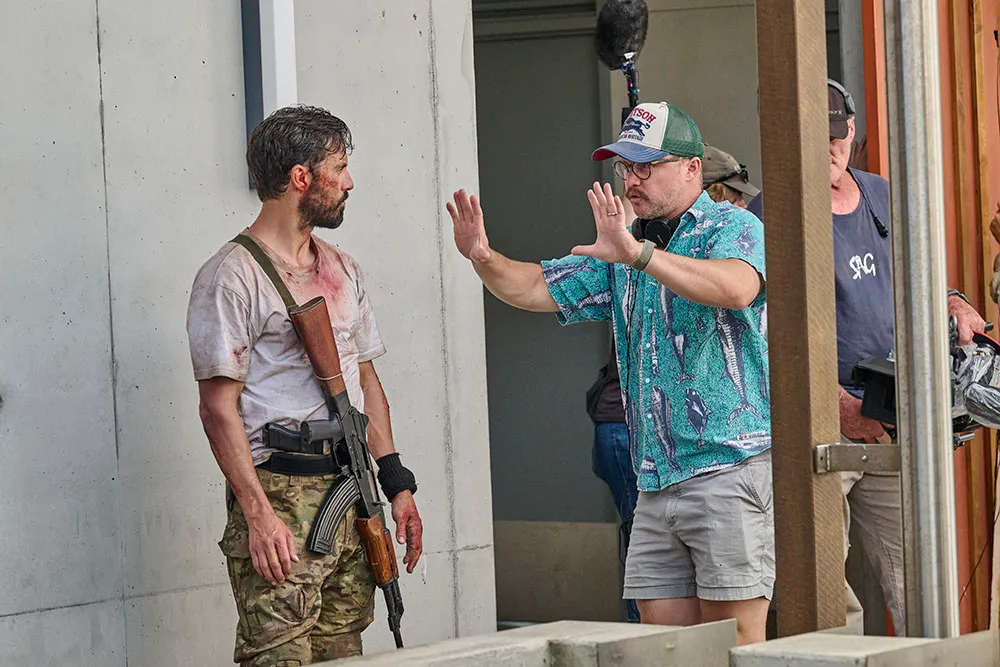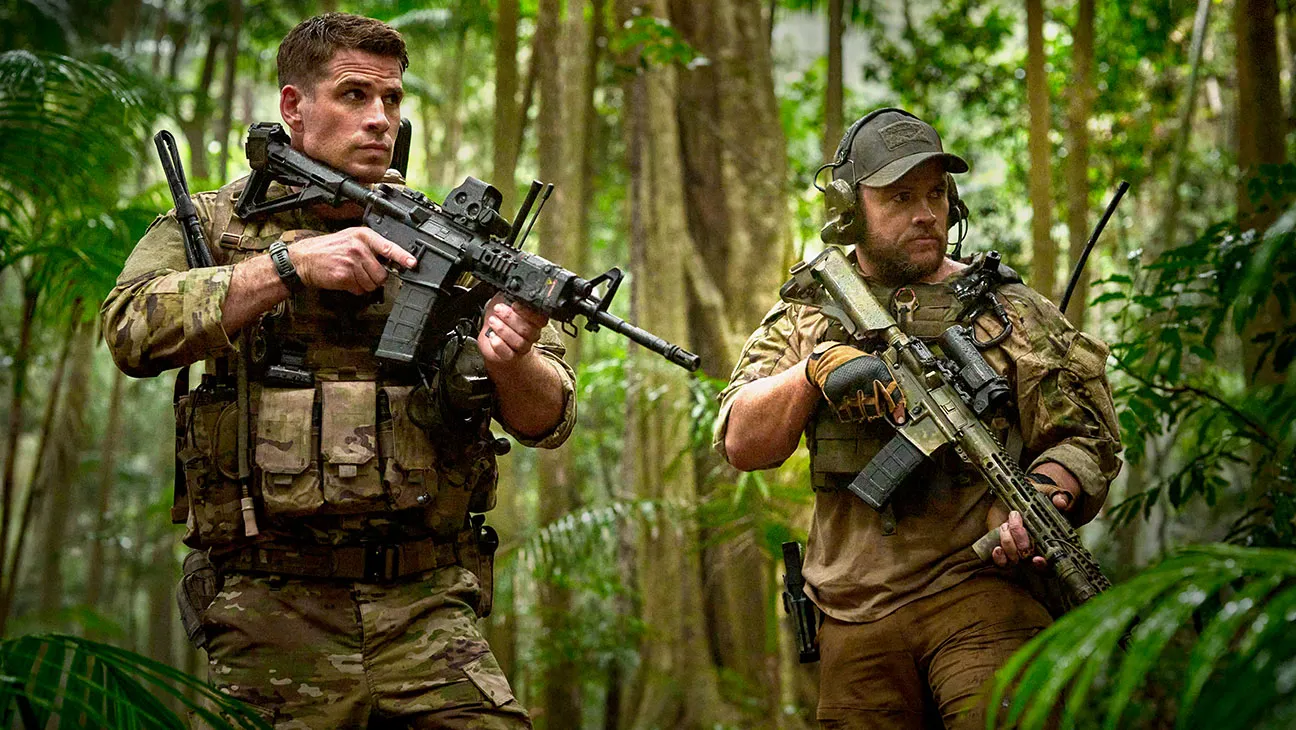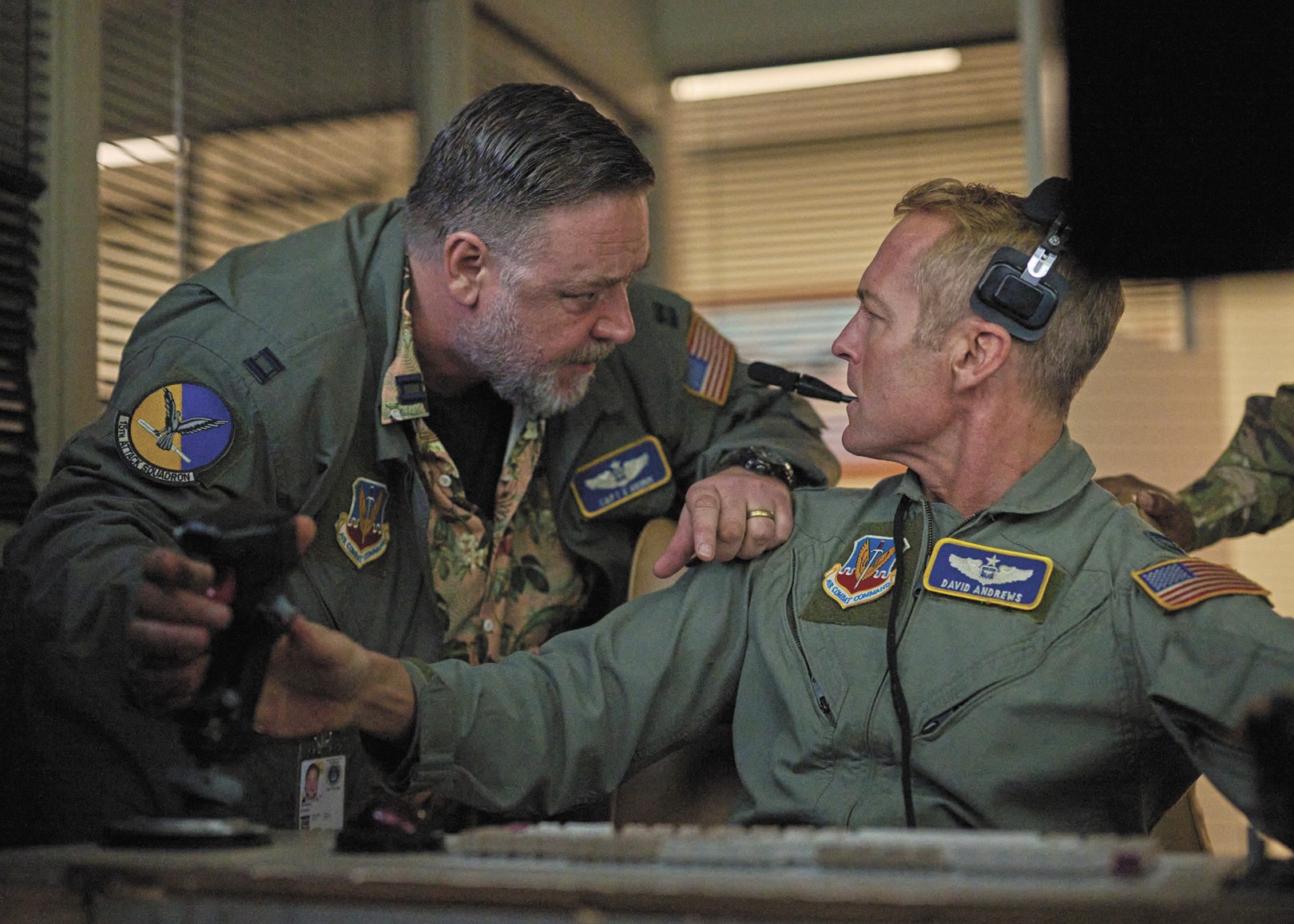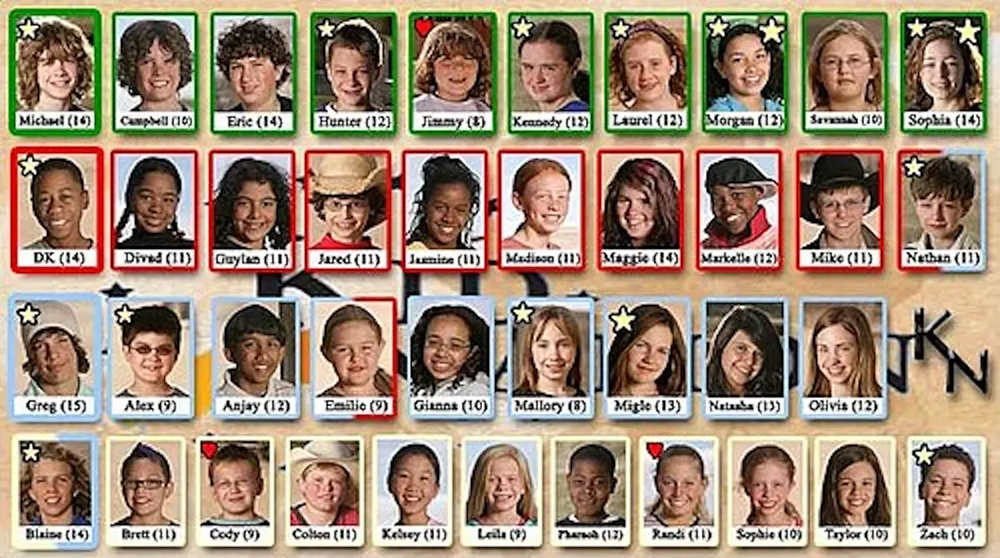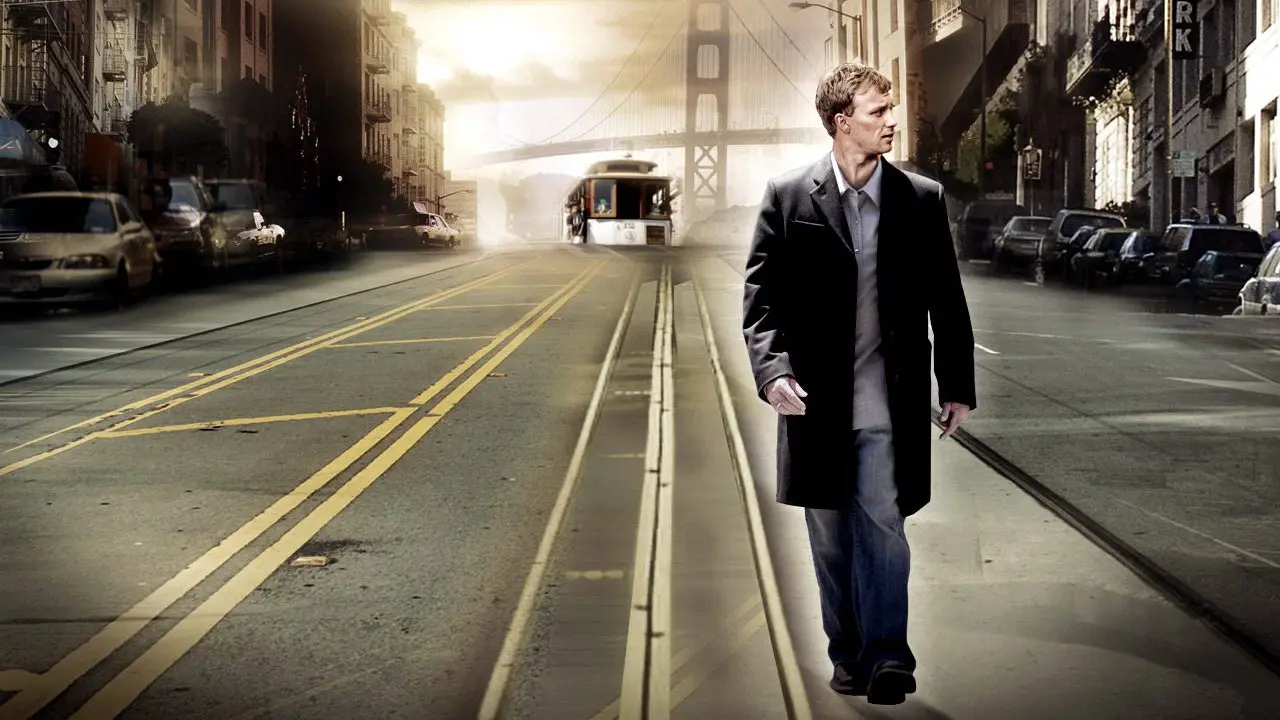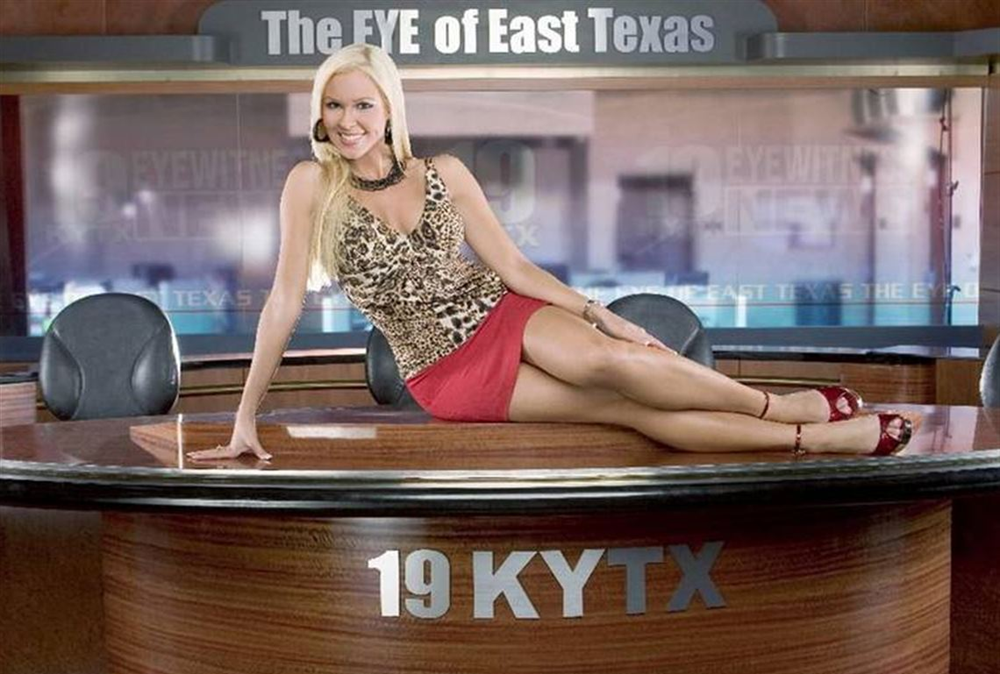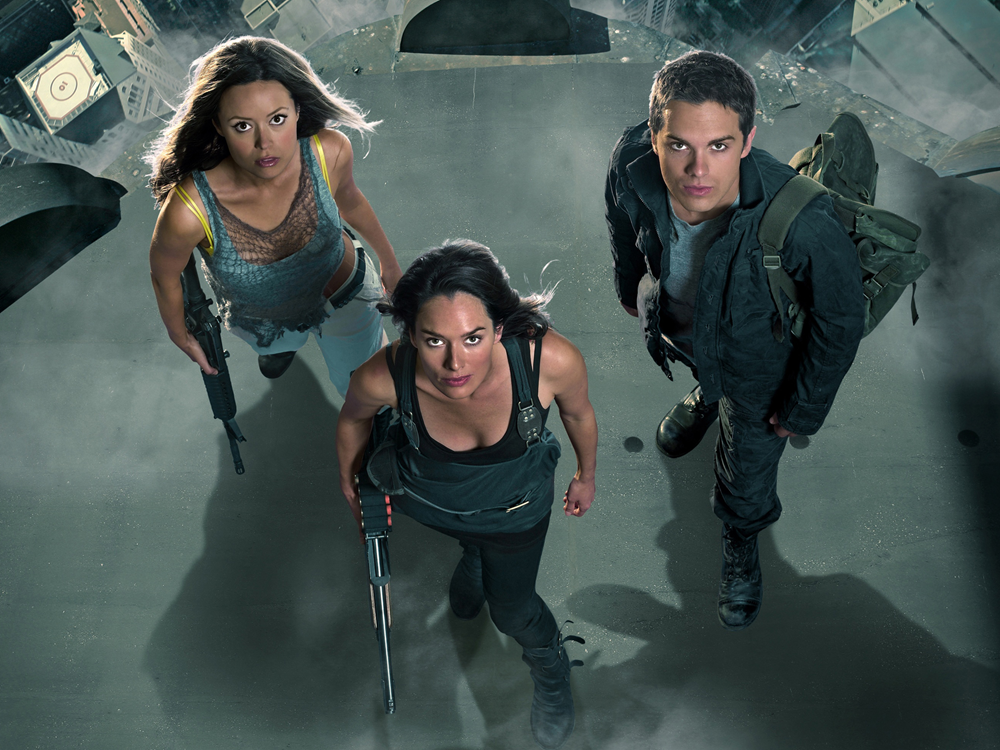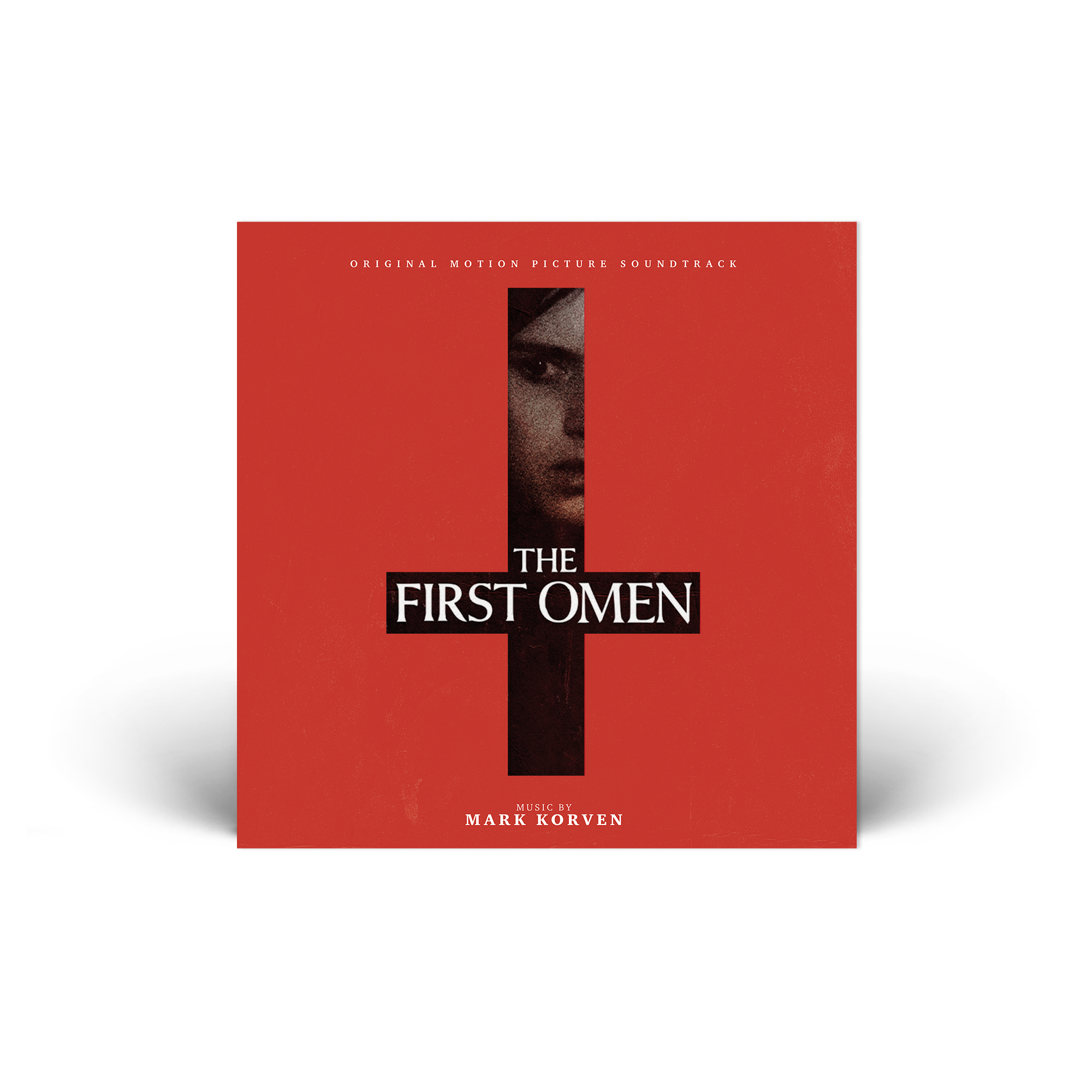Ah, telephemera… those shows whose stay with us was tantalisingly brief, snatched away before their time, and sometimes with good cause. They hit the schedules alongside established shows, hoping for a long run, but it’s not always to be, and for every Street Hawk there’s two Manimals. But here at STARBURST we celebrate their existence and mourn their departure, drilling down into the new season’s entertainment with equal opportunities square eyes… these are The Telephemera Years!
2007-08
Reality TV was king of the small screen in 2007, with the top five slots in the ratings filled by American Idol and Dancing with the Stars, but drama of the scripted kind was still making an impact as CSI: Crime Scene Investigation, Desperate Housewives, Grey’s Anatomy, Heroes, House, and Lost were all still pulling in big viewing figures across the four main networks. Both Jericho and The Wire were entering their final seasons, after which one of them at least would enter the annals of TV classics, but it was a bad time for fans of animated genre fare, with The Batman, Ben 10, and Space Ghost Coast to Coast all beginning their final runs.
There were tons of new arrivals, of course, with Breaking Bad making drug dealing fun again, while Chuck, Gossip Girl, Pushing Daisies, and Reaper all debuted. The geeks of The Big Bang Theory made their bow, and it became cool to laugh at people getting hurt again when Wipeout hit our screens, but those were the shows that everyone remembers – what about the ones that didn’t stick around long enough to gain the following they did/didn’t (delete where applicable) deserve? This is the story of more of 2007’s lesser lights…
Bionic Woman (NBC): The original Bionic Woman was a 1976 spin-off of The Six Million Dollar Man (which itself was an adaptation of Martin Caidin’s novel, Cyborg) and ran for three seasons, making a star out of model turned actress Lindsay Wagner. While updates had been discussed for a few years, with the Todd sisters attached as directors and Jennifer Aniston linked to the title role for a prospective USA Network production, NBC Universal announced in 2006 that they’d taken the project back and were looking at a fresh reboot, leaving little but the show name from the original, especially as their rights to Caidin’s novel had elapsed.
They ended up keeping a little more as former Eastender Michelle Ryan starred as Jaime Sommers, a bartender (rather than the tennis pro of the original) who is badly injured in a car accident and receives experimental cybernetic upgrades to her arm, leg, ear, and eye, as well as the very modern injection of nanobytes that enable her to heal faster. Needing to look after her young teenage sister and pay back the shadowy agency that provided her life-saving treatment, Sommers becomes an agent of the Berkut Group.
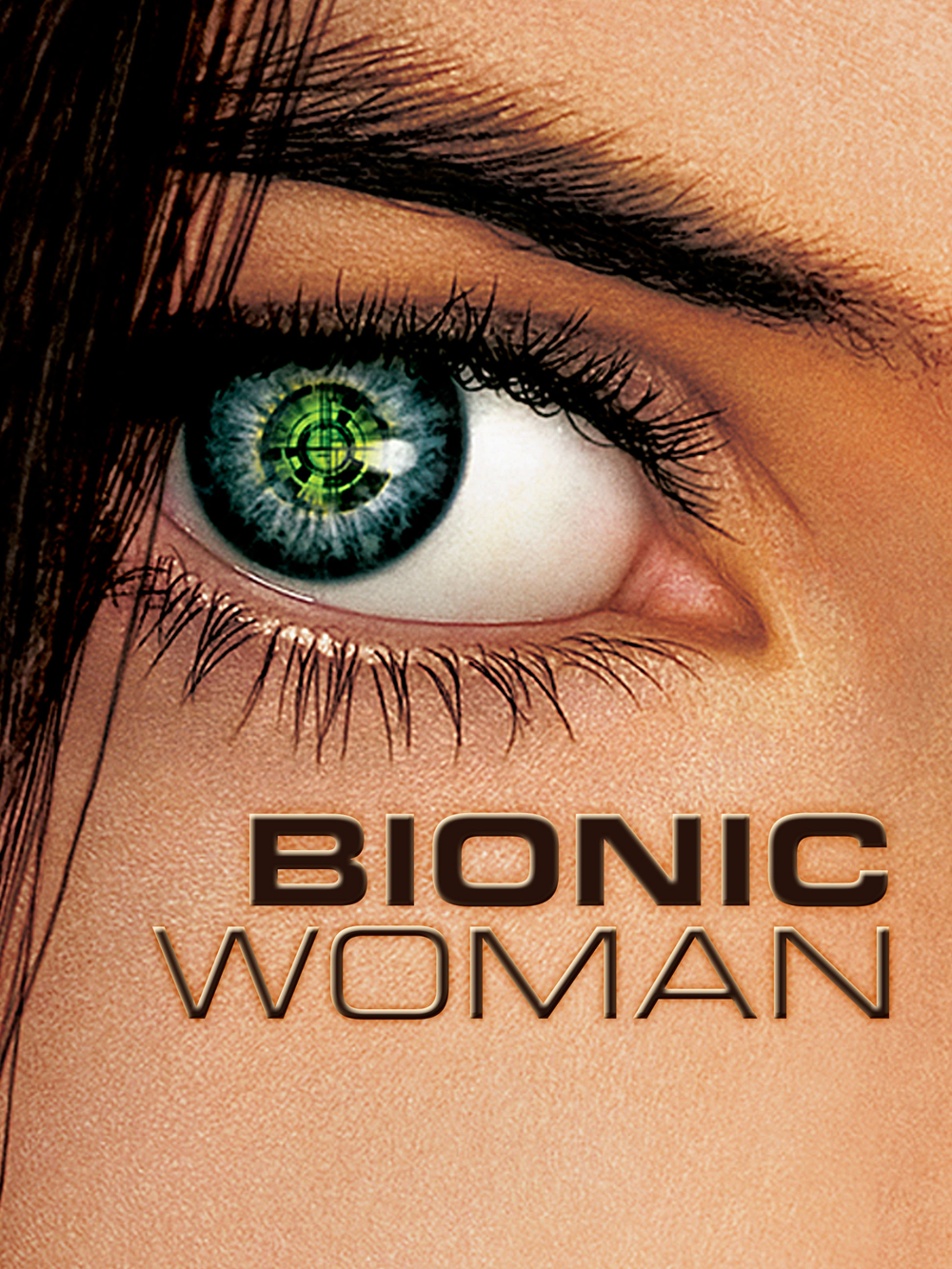
The Bionic Woman was Ryan’s first big role after leaving Eastenders, where she’d played Zoe Slater for five years. It was meant to be the launchpad to a Hollywood career, and she auditioned for the part of Vespa Lynd in Casino Royale that eventually went to Eva Green. The show was produced by David Eick, who’d worked with Ronald D Moore on the 2003 reboot of Battlestar Galactica, with Laeta Kalogridis, creator of the WB’s Birds of Prey series, coming on board as head writer.
From the off, though, the production hit choppy waters when the November 2007 strike by the Writers Guild of America forced a shutdown. All the finished episodes had been aired before the strike hit and there were rumours that The Bionic Woman was on the bubble for an early cancellation, with the main cast put on half pay during the dispute. The strike ended in February 2008, but production did not resume on the show, with Eick confirming a few weeks later that The Bionic Woman had been cancelled. Just eight episodes had been produced, with ratings tumbling throughout its run, and Ryan was soon back in the UK, where she found regular work on stage and TV even if her Hollywood dream didn’t come off.
I Survived a Japanese Game Show (ABC): Danish producers David Sidebotham and Karsten Bartholin had a pan-Scandinavian hit in 2006 with Gay Army, a reality show that saw nine gay men sign up for military style training. Look, it was a (slightly) different time, okay? Their follow-up was undoubtedly less offensive to gay viewers but retained an air of “look at the funny people who are different to us!” by exploring the wacky world of Japanese game shows, hitherto the reserve of late-night chat show hosts and It’ll Be Alright on the Night/TV’s Bloopers & Practical Jokes-style shows.
The concept for I Survived a Japanese Game Show, which began airing in June 2008, was simple: take an American, fly them to Japan, and put them through a series of humiliating trials in the name of entertainment, just like those funny Japanese people we saw on that clip show that time. To be fair, the Japanese do love this kind of thing, with the long-running Downtown no Gaki no Tsukai and Za Gaman putting youngsters and families through all sorts of trials in the name of entertainment, and so it made for ripe pickings.
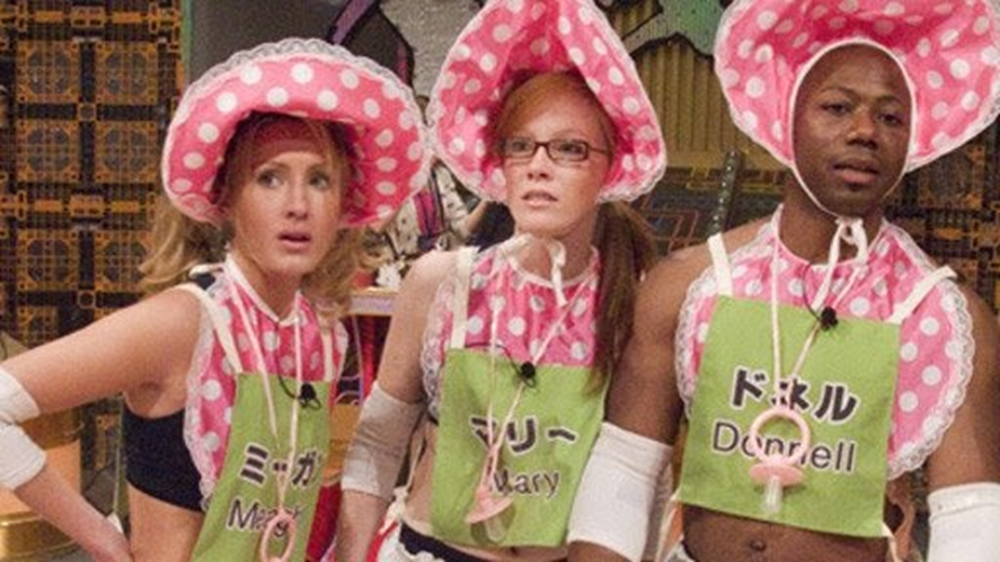
The show was hosted by Rome Kanda, a Japanese comedian who moved to the US in 1999 and who poses as the host of the fictional game show Majide (a Japanese slang term that means “seriously?!?”). I Survived a Japanese Game Show begins with him surprising contestants in their homes and inviting them to come to Japan with him. While there, the show would depict on-camera and behind-the-scenes goings on – the contestants were expected to live traditional Japanese lives in a boarding house overseen by Mama-san – all with the dangling carrot of a cash prize totalling $250,000.
The show was sold to sixteen overseas markets, which helped it earn a second season despite lacklustre domestic ratings opposite both America’s Got Talent and Big Brother, this time with eight episodes rather than seven and an increase in the number of victims, erm, contestants. Ratings further declined and NBC declined to renew the show for a third season but by then Sidebotham and Bartholin has sold the concept to Greece, Norway, Sweden, Portugal, Brazil, and even Japan itself.
Moonlight (CBS): Moonlight creator Trevor Munson had just seen his first script – Lone Star State of Mind – made into a movie starring Joshua Jackson and Jaime King when he conjured the character Mick Angel, a private investigator turned into a vampire on his wedding night by his bride, Coraline, and who spends the next fifty years trying to live a good life, despite his curse, never feeding on women, children, or innocents. Initially proposed for a film starring Bruce Willis, the script instead landed at CBS, who optioned it for a TV deal and set Munson to work with Beauty and the Beast creator Ron Koslow.
Munson and Koslow retooled Angel into Mick St John, creating a fifteen-minute presentation pilot named Twilight in January 2007, which CBS greenlit for a full series. Retitled Moonlight and scheduled for a Fall 2007 debut, CBS attached Angel creator David Greenwalt as showrunner and cast Australian actor Alex O’Loughlin (then appearing in The Shield) as St John, backed by Veronica Mars’ Jason Dohring as Josef, St John’s 400-year-old vampire mentor, and with romantic intrigue in the shape of Sophia Myles’s Beth, a reporter who (unbeknownst to her) Mick rescued from kidnappers as a child and who becomes interested in his story.
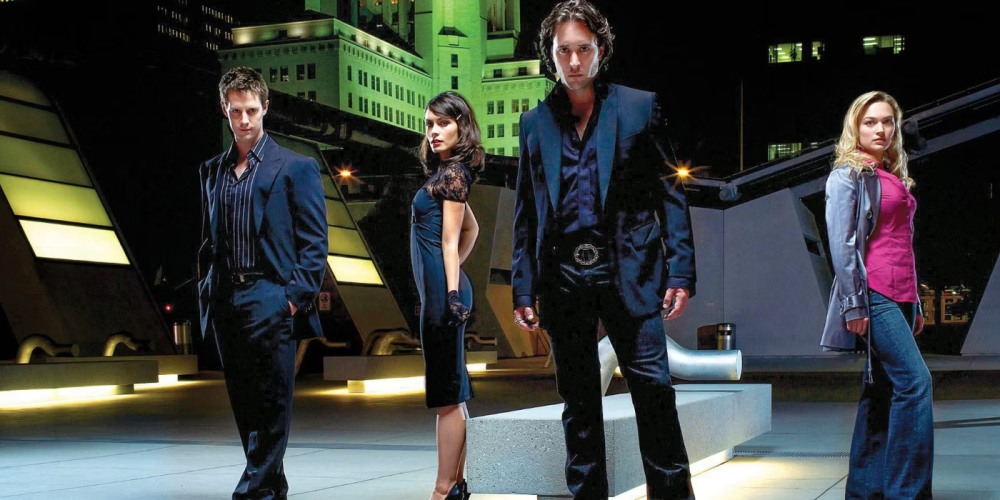
Complicating matters is Coraline, who returns after being presumed dead for twenty years and claims to have a cure for vampirism, something Mick is very keen to obtain so he can go back to living a normal life. The political machinations of ancient vampires are as much a part of the story as the cases of the week, which almost always have a vampire angle to them. With a slow burn, the emphasis is very much on the performances of the principal cast, with Dohring in particularly charismatic form.
The show premiered on September 28th 2007, but only twelve of the original thirteen episode run had been finished before the writers’ strike forced production to halt. Once the strike was over, CBS announced that a further four episodes had been added to the production schedule, for a total of sixteen, but announced the show’s cancellation two weeks later. Attempts were made to find another network for the show, which ended on a cliffhanger that saw Mick and Beth admit their feelings for each other as a list of all the vampires in the city was leaked to the assistant District Attorney. It looked for a while like Syfy might take it on, but talks led to nothing, save for a repeat showing on the channel two years later.
Fear Itself (NBC): A late-Spring replacement on Thursday nights for ER, Fear Itself was a horror and suspense anthology show named for the famous Franklin D Roosevelt quote that, “all we have to fear is fear itself.” Well, that and the monsters, serial killers, zombies, and werewolves that proliferate the series, with seasoned horror directors Stuart Gordon, John Landis, and Ronny Yu on board to provide the jump scares.
Fear Itself was the creation of Mick Garris, whose directorial debut had been Critters 2: The Main Course but more importantly had worked on Amazing Stories and Tales from the Crypt and was the man behind Showtime’s Masters of Horror anthology series that ran from 2005 to 2007. In many ways, Fear Itself could be considered a third season of that show, featuring scripts by Victor “Jeepers Creepers” Salva and Carnivalé creator Dan Knauf.
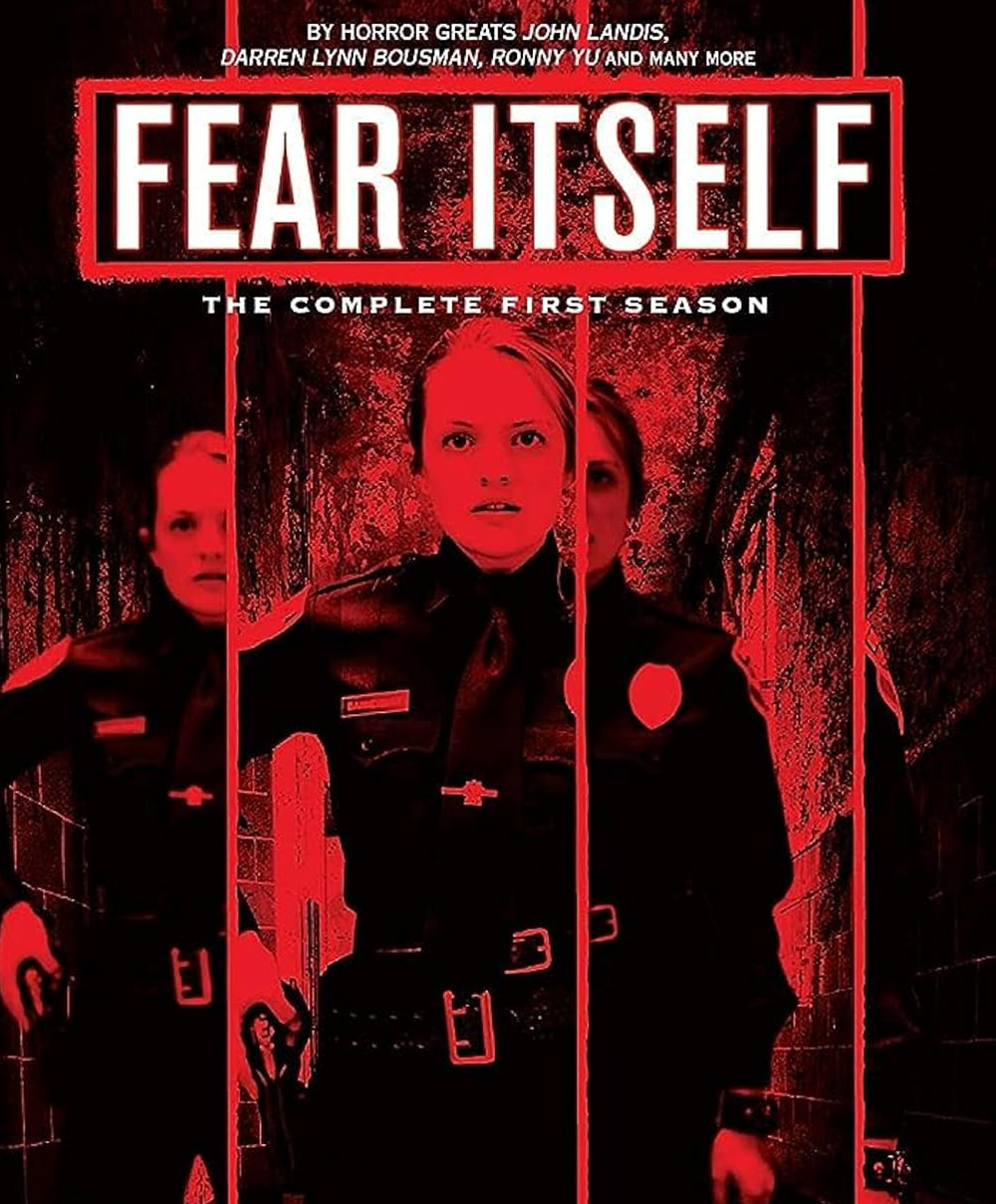
The first episode – “The Sacrifice” – told the story of four criminals who are given harbour by three strange sisters in a snowbound fort and aired on June 5th 2008, attracting over five million viewers, just under what ER was doing in that timeslot. Subsequent episodes starred the likes of Eric Roberts, Colin Ferguson, Brandon Routh, and Doug Jones, but NBC’s coverage of the 2008 Olympic Games put the show on hiatus after its eighth episode, with a promise to return once the Olympics were done.
Come Thursday August 28th, though, and there was no sign of Fear Itself episode nine, its slot filled by re-runs until ER returned four weeks later. Five episodes remained unaired, and while NBC made no comment about the future of the series, it was clear from its absence from the Fall 2008 schedules that it could be considered cancelled. The full run did air in the UK and Australia in 2012, though, by which time Garris had moved on an adaptation of Stephen King’s Bag of Bones, before becoming a director-for-hire for teen supernatural dramas.
Eli Stone (ABC): It’s probably fair to say that there weren’t many shows like Eli Stone on the air in 2007, or indeed any other year. A musical, legal drama about man who suffers hallucinations that might predict the future, it wouldn’t be surprising to see Bryan Fuller’s name on the credits, but Eli Stone was created by Greg Berlanti and Mark Guggenheim, who years later would oversee the Arrowverse series of shows for The CW.
Johnny Lee Miller, whose last show Smith had lasted for just three episodes before being cancelled, was cast as the title character, who we discover has an inoperable brain aneurysm that causes his visions. Natasha Henstridge plays his ex-fiancée Taylor, also an attorney, who is determined to help Stone through his trials, and the cast is rounded out by Loretta Devine, Matt Letscher, James Saito, and Victor Garber, although the ensemble is much wider, deepening Eli Stone’s world.
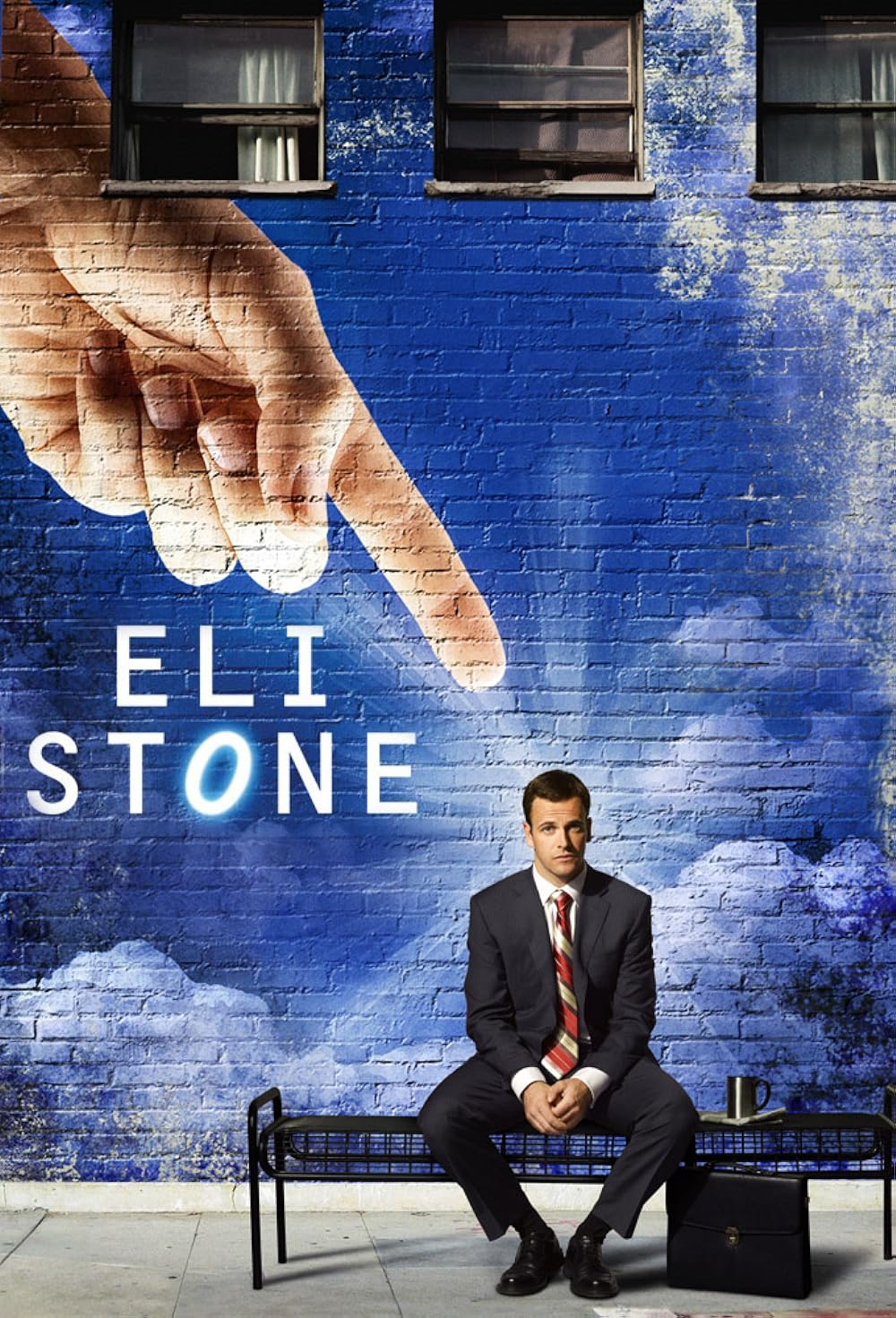
ABC ordered thirteen episodes as a mid-season replacement for Big Shots on Thursday nights, with a returning from hiatus Lost as its lead-in. Ratings were decent, if not spectacular, and the network announced the show’s renewal for a second season of thirteen episodes, beginning in October 2008. This was despite controversy surrounding its first episode, which presented the theory that autism was caused by vaccines as being not only credible, but legally compelling, forcing ABC to add a voiceover reiterating the fictional status of the show and a direction to the US government’s autism information service.
Moved to Tuesdays, with Dancing with the Stars as a lead-in, ratings fell for season two, fans of sequinned ballroom dancers seemingly not sticking around for an offbeat legal drama. After three episodes of the second season had aired, ABC announced its cancellation, opting to finish with episode nine on December 30th 2008 to clear the slate for a new arrival, burning off the final four episodes in late June and July 2009. Despite its lower ratings, fans rate season two as the better of the two, feeling that the show was just hitting its stride before it was yanked from the schedules.
Next time on The Telephemera Years: A crop of unsold pilots from 2007, with aliens, demons, and more!
Check out our other Telephemera articles:
The Telephemera Years: pre-1965 (part 1, 2, 3, 4)
The Telephemera Years: 1966 (part 1, 2, 3, 4)
The Telephemera Years: 1967 (part 1, 2, 3, 4)
The Telephemera Years: 1968 (part 1, 2, 3, 4)
The Telephemera Years: 1969 (part 1, 2, 3, 4)
The Telephemera Years: 1970 (part 1, 2, 3, 4)
The Telephemera Years: 1971 (part 1, 2, 3, 4)
The Telephemera Years: 1973 (part 1, 2, 3, 4)
The Telephemera Years: 1974 (part 1, 2, 3, 4, 5)
The Telephemera Years: 1975 (part 1, 2, 3, 4)
The Telphemera Years: 1976 (part 1, 2, 3, 4)
The Telephemera Years: 1977 (part 1, 2, 3, 4)
The Telephemera Years: 1978 (part 1, 2, 3, 4)
The Telephemera Years: 1980 (part 1, 2, 3, 4)
The Telephemera Years: 1981 (part 1, 2, 3, 4)
The Telephemera Years: 1982 (part 1, 2, 3, 4)
The Telephemera Years: 1983 (part 1, 2, 3, 4)
The Telephemera Years: 1984 (part 1, 2, 3, 4)
The Telephemera Years: 1986 (part 1, 2, 3, 4)
The Telephemera Years: 1987 (part 1, 2, 3, 4)
The Telephemera Years: 1989 (part 1, 2, 3, 4)
The Telephemera Years: 1990 (part 1, 2, 3, 4)
The Telephemera Years: 1992 (part 1, 2, 3, 4)
The Telephemera Years: 1995 (part 1, 2, 3, 4)
The Telephemera Years: 1997 (part 1, 2, 3, 4)
The Telephemera Years: 1998 (part 1, 2, 3, 4)
The Telephemera Years: 1999 (part 1, 2, 3, 4)
The Telephemera Years: 2000 (part 1, 2, 3, 4)
The Telephemera Years: 2002 (part 1, 2, 3, 4)
The Telephemera Years: 2003 (part 1, 2, 3, 4)
The Telephemera Years: 2005 (part 1, 2, 3, 4)
The Telephemera Years: 2006 (part 1, 2, 3, 4)
The Telephemera Years: 2007 (part 1)
The Telephemera Years: 2008 (part 1, 2, 3, 4)
The Telephemera Years: O Canada! (part 1, 2, 3, 4)
Titans of Telephemera: Irwin Allen
Titans of Telephemera: Stephen J Cannell (part 1, 2, 3, 4)
Titans of Telephemera: DIC (part 1, 2)
Titans of Telephemera: Hanna-Barbera (part 1, 2, 3, 4, 5)
Titans of Telephemera: Kenneth Johnson
Titans of Telephemera: Sid & Marty Krofft
Titans of Telephemera: Glen A Larson (part 1, 2, 3, 4)
Titans of Telephemera: Quinn Martin (part 1, 2)
Titans of Telephemera: Ruby-Spears




